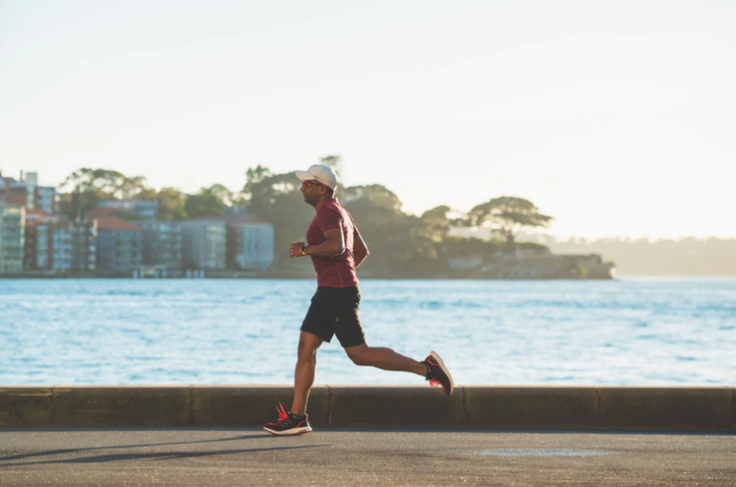What Is Rhabdomyolysis? Symptoms To Watch Out For After Intense Workouts

Are you an adrenaline junkie ready to conquer the killer workout sesh? Hold on for a second! You should first listen to your body and start working out slowly to stay away from a potentially life-threatening condition called rhabdomyolysis.
Rhabdomyolysis is a medical condition that occurs when muscle contents leak into the bloodstream. While the condition can affect anyone out there, people like beginners who are pushing their limits without proper guidance, or athletes who are training way too much without proper rest are more at risk.
The good news is that with proper knowledge and awareness, you can go a long way in safeguarding yourself against rhabdomyolysis. Staying informed about the signs and symptoms is important as they sometimes tend to manifest a few days later from the actual event.
When people work out, the muscles release a natural substance called creatine kinase (CK) into the bloodstream. But things can get tricky if the muscles also release other substances like potassium or myoglobin, which may cause complications, said Professor William Roberts, an expert in sports medicine.
"Almost anyone who works out to improve performance will release or leak some creatine kinase into the bloodstream, but this becomes a problem when the muscle cell releases contents like potassium or myoglobin, which causes complications," Roberts wrote in a piece on Runners World magazine.
Rhabdomyolysis, or "Rabdo," is a rare but serious complication that happens during intense workouts. Muscles release creatine kinase into the bloodstream naturally. Athletes with bigger muscles may have slightly higher CK levels. But the problem comes when muscle cells release substances like potassium and myoglobin. Too much myoglobin can harm the kidneys, possibly leading to kidney failure. Also, muscle contents in the blood can disrupt clotting, causing spontaneous bleeding.
The causes of rhabdomyolysis can vary, but intense exercise is a big worry. To stay safe and have a healthy fitness journey, it's essential to find a balance, take time to recover properly, and be aware of any warning signs.
Here are a few signs to watch out for while hitting the gym:
- Muscle swelling: One of the common symptoms of "rhabdo" is muscle swelling. The swelling occurs due to the release of toxic components like myoglobin and potassium from the damaged muscles into the bloodstream.
- Dark-colored urine: The urine color changes because high levels of the red-pigmented protein myoglobin, released from damaged muscles, are dumped into the blood and eventually excreted in the urine.
- Soreness: Rhabdomyolysis can lead to inflammation and significant muscle cell death. Muscle soreness occurs after intense exercise due to minor muscle damage.
Published by Medicaldaily.com



























